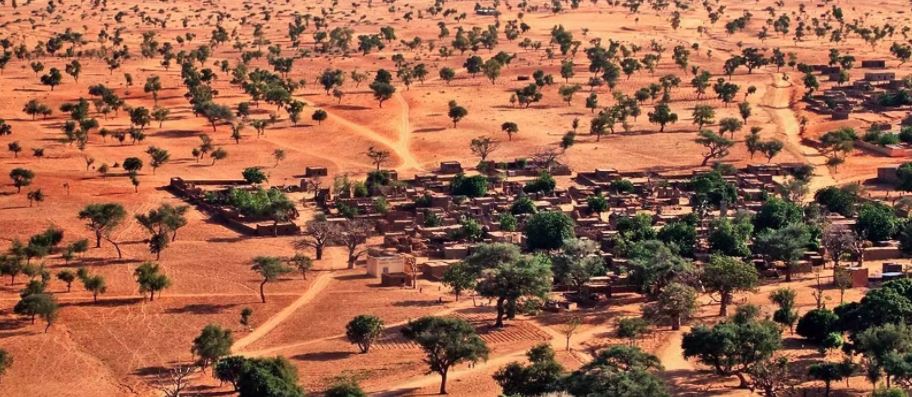 Researchers counted over 1.8 billion trees and shrubs in the 1.3 million square kilometer (501,933 square miles) area that covers the western-most portion of the Sahara Desert, the Sahel, and what are known as sub-humid zones of West Africa.
Researchers counted over 1.8 billion trees and shrubs in the 1.3 million square kilometer (501,933 square miles) area that covers the western-most portion of the Sahara Desert, the Sahel, and what are known as sub-humid zones of West Africa.
“We were very surprised to see that quite a few trees actually grow in the Sahara Desert, because up until now, most people thought that virtually none existed,” says Martin Brandt, professor in the geosciences and natural resource management department at the University of Copenhagen and lead author of the study in Nature.
“We counted hundreds of millions of trees in the desert alone. Doing so wouldn’t have been possible without this technology. Indeed, I think it marks the beginning of a new scientific era.”
The researchers used detailed satellite imagery from NASA, and deep learning—an advanced artificial intelligence method. Normal satellite imagery is unable to identify individual trees, they remain literally invisible. Moreover, a limited interest in counting trees outside of forested areas led to the prevailing view that this particular region had almost no trees. This is the first time that anyone counted trees across a large dryland region.
Trees and global carbon budget
New knowledge about trees in dryland areas like this is important for several reasons, Brandt says. For example, they represent an unknown factor when it comes to the global carbon budget.
“Trees outside of forested areas are usually not included in climate models, and we know very little about their carbon stocks. They are basically a white spot on maps and an unknown component in the global carbon cycle,” he says. […]
Read more www.wef.org
Thank you for reading this post, don't forget to subscribe to our AI NAVIGATOR!


There are far more trees in the West African Sahara Desert than you might expect, according to a study that combined artificial intelligence and detailed satellite imagery.
Coypright by www.wef.org
“We were very surprised to see that quite a few trees actually grow in the Sahara Desert, because up until now, most people thought that virtually none existed,” says Martin Brandt, professor in the geosciences and natural resource management department at the University of Copenhagen and lead author of the study in Nature.
“We counted hundreds of millions of trees in the desert alone. Doing so wouldn’t have been possible without this technology. Indeed, I think it marks the beginning of a new scientific era.”
The researchers used detailed satellite imagery from NASA, and deep learning—an advanced artificial intelligence method. Normal satellite imagery is unable to identify individual trees, they remain literally invisible. Moreover, a limited interest in counting trees outside of forested areas led to the prevailing view that this particular region had almost no trees. This is the first time that anyone counted trees across a large dryland region.
Trees and global carbon budget
New knowledge about trees in dryland areas like this is important for several reasons, Brandt says. For example, they represent an unknown factor when it comes to the global carbon budget.
“Trees outside of forested areas are usually not included in climate models, and we know very little about their carbon stocks. They are basically a white spot on maps and an unknown component in the global carbon cycle,” he says. […]
Read more www.wef.org
Thank you for reading this post, don't forget to subscribe to our AI NAVIGATOR!
Share this: